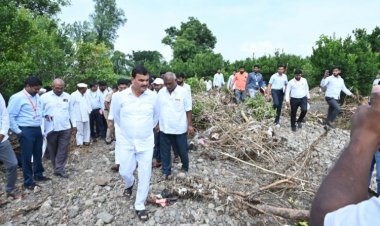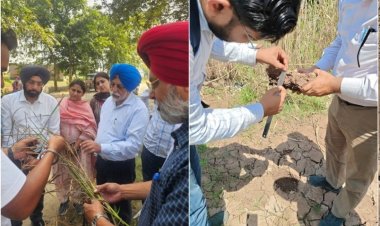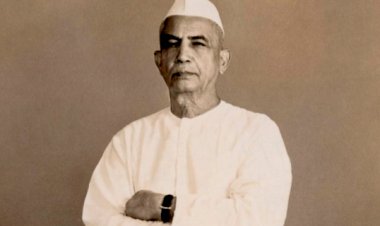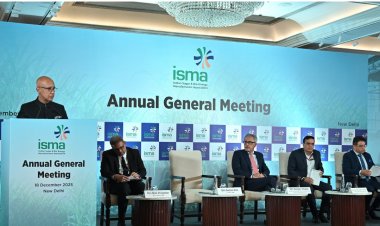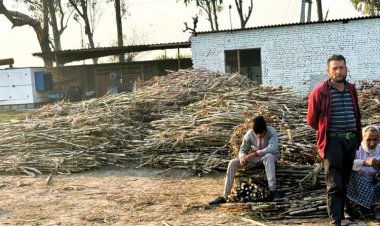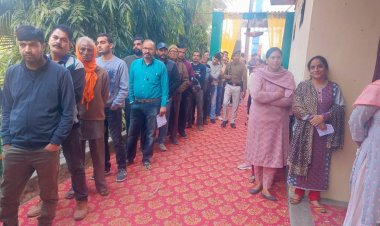Rajasthan and Gujarat need policy interventions to fuel energy transition: IEEFA
Rajasthan and Gujarat have long been leaders in India’s renewable energy revolution, but even the frontrunners need bold policy interventions to sustain and accelerate their momentum, states a new briefing by IEEFA
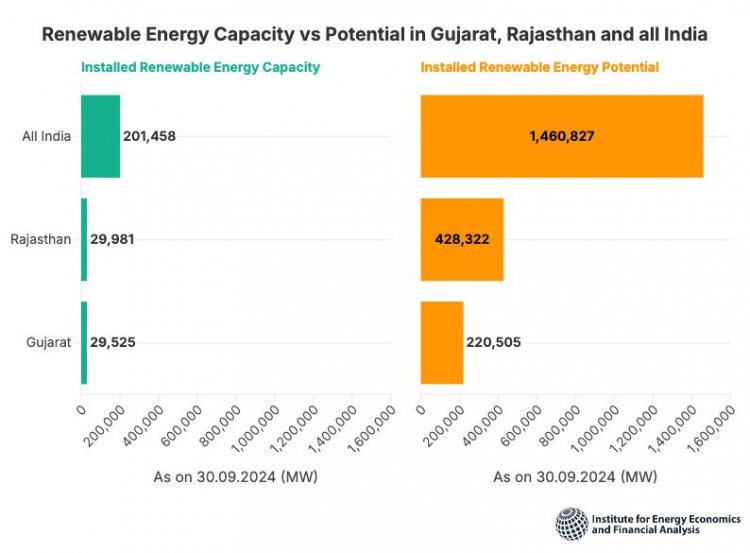
While Rajasthan and Gujarat have been at the forefront of renewable energy deployment in the country, additional corrective actions in their policies can accelerate the momentum and help them maintain a central role in India’s energy transition, states a new briefing note by the Institute for Energy Economics and Financial Analysis (IEEFA).
The note analyses the progress these states have made in renewable energy deployment and finds that their progressive policies have turned them into powerhouses in this sector. It adds that steps like implementing a green tariff, integrating green budgeting practices, setting up dedicated infrastructure funds, promoting distributed renewable energy, modernizing the grid, and developing storage solutions will help both states continue to lead India’s energy transition.
“India’s energy transition requires states to make a concerted effort to strengthen renewable energy initiatives. While states that are slower in their transition to clean energy need to ramp up efforts, even leaders like Rajasthan and Gujarat must keep taking stock and corrective measures to ensure they do not lose momentum,” says the note’s co-author, Vibhuti Garg, Director – South Asia, IEEFA.
“By adopting the right strategies, states like Rajasthan and Gujarat can effectively navigate the transition to a sustainable energy future, achieving their renewable energy goals while fostering economic growth and environmental sustainability,” she adds.
While Rajasthan does not have an incremental green tariff, Gujarat has one of the highest. Both states need to course-correct, the note finds.
“By enabling consumers to procure renewable power at a premium, Rajasthan can drive demand for renewable energy, encouraging further investments in renewable energy infrastructure without burdening consumers with high upfront costs,” says the note’s co-author, Tanya Rana, Energy Analyst, IEEFA.
“Gujarat should focus on refining its regulatory framework to ensure this pricing does not deter potential consumers,” she adds.
The note recommends that both states integrate green budgeting into their fiscal planning. “Green budgeting will allow Rajasthan and Gujarat to prioritize investments in renewable energy and green technologies,” says Rana.
Rajasthan and Gujarat are among the better-performing states in India regarding distributed solar installed capacity. However, given that Rajasthan and Gujarat have only about 7% and 15%, respectively, of their total renewable energy capacity (including large hydro) dedicated to distributed solar, substantial untapped potential remains. The note recommends that both states increase their efforts to promote distributed renewable energy (DRE).
“Promoting DRE can reduce pollution by decreasing reliance on centralized power plants, helping both states meet their renewable energy targets while creating jobs and stimulating economic growth,” says Rana.
The note also recommends the two states set up dedicated infrastructure funds designed to finance renewable energy projects. “These funds can provide the necessary capital for large-scale investments, enabling the states to implement ambitious renewable energy targets effectively,” says Garg.
A multifaceted approach is essential to accelerate the renewable energy transition in Gujarat and Rajasthan. This involves implementing strategic measures that enhance financial resources, improve market dynamics, and support effective governance. The note’s recommendations aim to provide a framework for achieving ambitious renewable energy targets.



 Join the RuralVoice whatsapp group
Join the RuralVoice whatsapp group


















